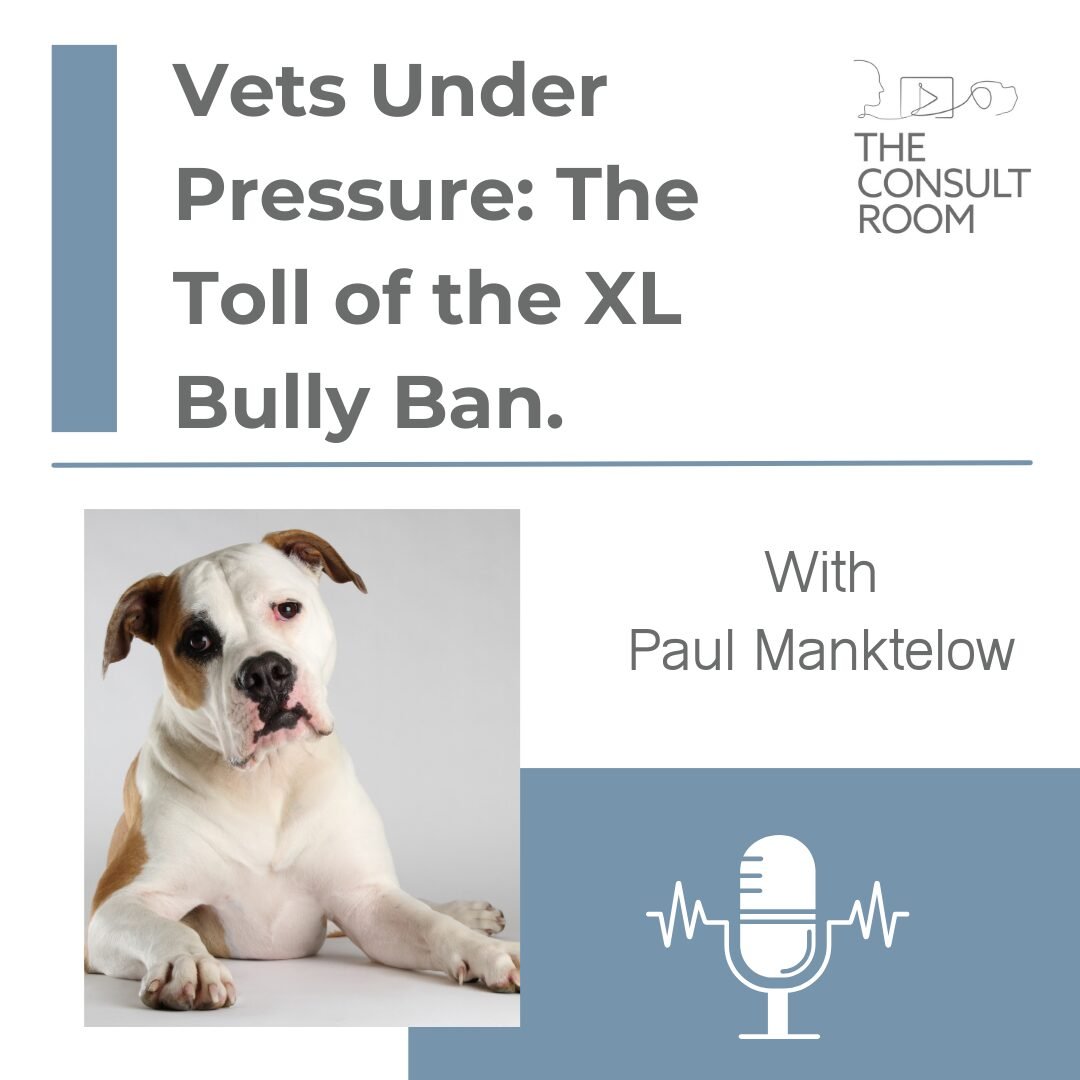My recent podcast with Clare Robertson, Community Project Coordinator with Blue Cross, shared lots of information about pet food banks and how a Blue Cross initiative has successfully incorporated these into many human food banks
As a vet, I share and fully endorse the Blue Cross aim of wanting to keep as many pets and their owners together, so it makes sense to share a little more information about how you can access local pet food banks – either for help or to support pet owners and their pets with donations.
Food bank pet food
Approximately 13 Blue Cross sites now host pet food banks and donations are always welcome. Clare explained that most donations are ‘pet food that people don’t need because their puppy has grown up or [they] buy a little extra and drop off.’
The Blue Cross occasionally also receives pet food donations by the pallet load, which are distributed across the UK to the 136 community food banks that Blue Cross currently supports.
As well as supplying food for dogs and cats, Blue Cross pet food banks also support smaller pets, such as birds, rabbits, mice and rats.
Donating
If you want to support by donating items, as well as donating pet food directly to a community food bank or pantry, or to a local rehoming centre, it’s also possible to make a donation at many Pets at Home stores. This is part of the Blue Cross partnership and Clare advises that it’s easy to do this, particularly if you are already shopping in-store. Just look in Pets At Home stores for the Blue Cross bins to make donations of dog, cat and small pet food. These donations are later collected by local food banks to pass on to pet owners in need.
It’s also possible to find your nearest Blue Cross donation point using the Blue Cross website’s dedicated pet food bank donation page.
Clare also shares that it’s not just food donations which are welcome – financial donations to the food banks are welcome too as donating money to the food bank directly means ‘your local food bank can buy in the specific items needed in their community.’ This is good advice, particularly as this helps local pet food banks to offer supplies for smaller or less common pets.
Food bank support
In this cost of living crisis, we know that there are people who are struggling to afford pet care and pet food, so Clare also has good advice on how to find local pet food banks.
- Go onto Blue Cross website, where an interactive map shows local food banks supported by Blue Cross.
- Food banks come in many disguises, including community pantries, churches and faith-based distribution centres, so do some research to find your most local food bank. Every centre has a different set up, varying opening times and preferred methods of contact, so do a little research to find out who to phone or email.
- The Trussell Trust is a great hub of information about human food banks. The Trussell Trust’s interactive map includes the contact details of many local food banks, so you can check if they also help with pet food. Trussell Trust also has free support helplines.
A huge thank you to Clare and the Blue Cross teams who work tirelessly across this network of local pet food banks. For me, it’s always a joy to see the bond between pets and their owners and it’s amazing to know that this vital work is keeping many pets and their owners together.
If you are affected by any of the issues raised in this blog, or would like to know more about pet food banks and support to help your pet live its best life, please visit the Blue Cross website.
You can also listen to my podcast with Clare linked below…
 Dr Paul Manktelow is a vet who’s worked for almost 20 years on the front line in some of the UK’s busiest veterinary hospitals. As Chief Vet in the Charity Sector, he leads a team of vets and nurses that treat thousands of pets every year. Paul also appears regularly in the media as a TV and radio presenter, writer, public speaker and podcast producer.
Dr Paul Manktelow is a vet who’s worked for almost 20 years on the front line in some of the UK’s busiest veterinary hospitals. As Chief Vet in the Charity Sector, he leads a team of vets and nurses that treat thousands of pets every year. Paul also appears regularly in the media as a TV and radio presenter, writer, public speaker and podcast producer.






Leave A Comment